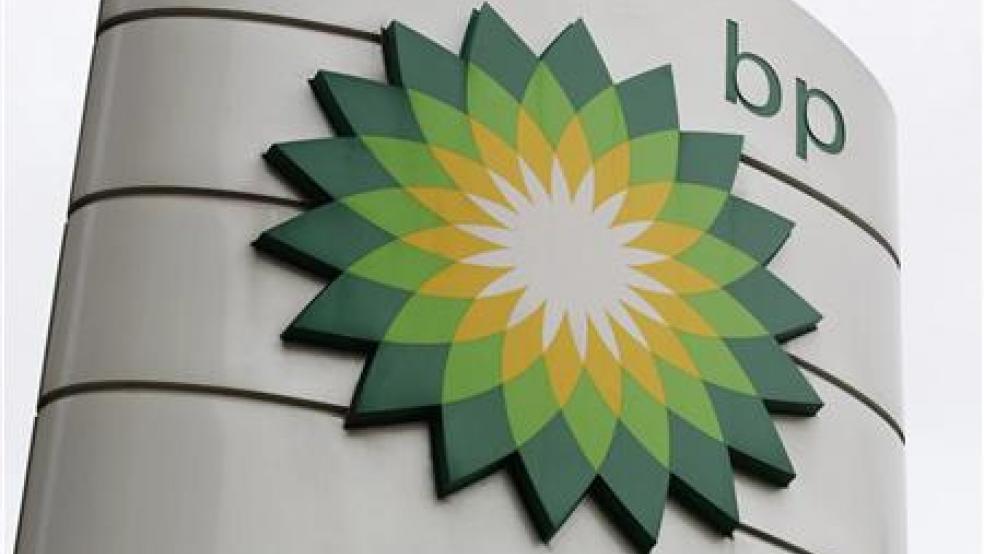HOUSTON (Reuters) - A former BP Plc engineer was arrested and charged on Tuesday with intentionally destroying evidence related to how much oil was spilling from the company's broken well in the Gulf of Mexico in April 2010, the U.S. Justice Department said.
Kurt Mix, 50, was accused of deleting text messages between himself and a supervisor that included "sensitive internal BP information collected in real-time" as BP tried to stop the leak, the Justice Department said.
During his first court appearance in Houston on Tuesday, he told U.S. Magistrate Stephen Smith in a firm voice that he understood the charges against him.
Mix, of Katy, Texas, about 25 miles west of Houston, was charged with two counts of obstruction of justice for allegedly deleting records related to the amount of oil flowing from the Macondo well after the blowout. If convicted, he faces a maximum of 10 years in prison and a $250,000 fine for each count.
He was released on $100,000 bond on Tuesday. His next court appearance was scheduled for May 3 in New Orleans, where the case is filed. He surrendered his passport, and his travel was restricted to Texas and Louisiana.
The spill was found after BP's troublesome Macondo deepwater well blew out, causing deadly explosions aboard Transocean's Deepwater Horizon drilling rig that killed 11 men and sank the rig.
The biggest offshore oil spill in U.S. history spewed more than 4 million barrels of oil into the basin before BP capped it in mid-July 2010. The company killed the well two months later.
Mix, a drilling and completions engineer for BP before he resigned in January this year, worked on various efforts to stop the leak, including a "top kill" that involved pumping heavy mud into the ruptured well to try to push back the oil.
Prosecutors alleged that when Mix learned his electronic files were going to be collected by a vendor working for BP's lawyers, he deleted hundreds of text messages to a BP drilling engineering manager and an outside contractor -- both unidentified in court papers -- about the top kill that indicated it was failing. At the same time, top BP officials said publicly that it was "broadly proceeding according to plan."
According to an affidavit filed in his case, a team of BP scientists and engineers, including Mix, decided on May 18 that year -- nearly a month after the blowout -- that a top kill could possibly work if the flow rate of oil was about 5,000 barrels per day, which was BP's estimate at the time.
Internal BP data suggested that a top kill would fail if the flow rate was 15,000 barrels per day or more.
On May 24, BP announced that it would start the top kill two days later, and then BP CEO Tony Hayward touted that it had a 60 percent to 70 percent chance of success.
But late on May 26, Mix texted a drilling engineering manager, "too much flowrate -- over 15,000 and too large an orifice."
However, BP kept saying publicly that the effort was proceeding according to plan. On May 29, a Saturday, BP stopped the top kill and acknowledged its failure. The next Monday the company's stock price plunged by 15 percent.
In August of that year, the Justice Department asked BP via subpoena for all flow-related documents. The vendor collected some data from Mix the next month, but a later analysis of his iPhone allegedly showed that he deleted 200 text messages to the drilling manager.
In August 2011, the vendor contacted Mix again seeking data. Another forensic analysis allegedly showed another 100 text messages between Mix and the contractor had been deleted from his iPhone before he met with the vendor.
The Justice Department said Tuesday that BP had "sent numerous notices to Mix requiring him to retain all information concerning Macondo" before he allegedly deleted messages.
BP said in a statement it would not comment on the case. It was cooperating with the Justice Department and other official probes of the 2010 Gulf of Mexico oil spill, and has clear policies requiring preservation of evidence.
(Additional reporting by Jeremy Pelofsky in Washington and Jonathan Stempel in New York; Editing by David Gregorio, Dave Zimmerman and Jim Marshall)


